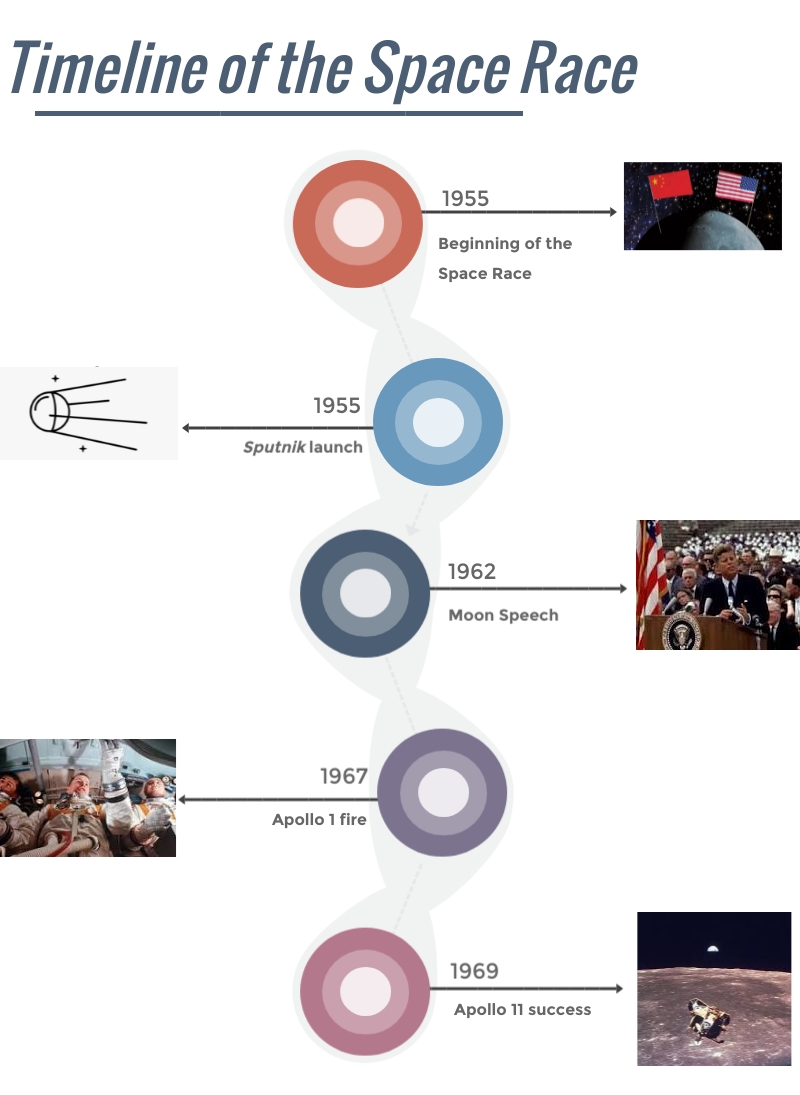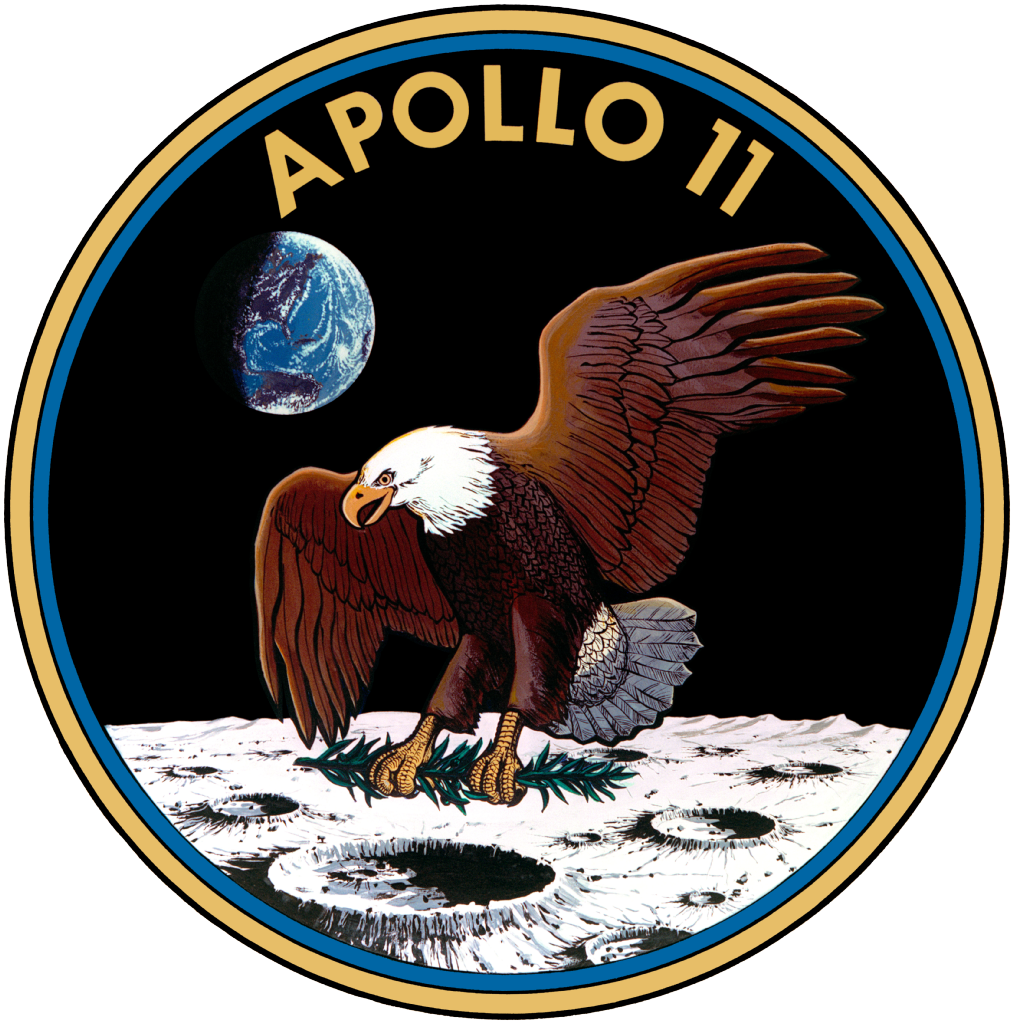Thesis
In 1955, the Cold War was heating up, and the United States and USSR began the race to see who would be the first to achieve major space flight capabilities. On October 4, 1957, Sputnik was launched by the USSR, becoming the first artificial satellite and beating the US to the task. Now the US had a problem: they were losing, and this would not look good for the ideological battle of capitalism and communism. They pursued John F. Kennedy’s idea that they should land a man on the moon and bring him back safely. On July 20, 1969, they succeeded; project Apollo’s eleventh flight landed Neil Armstrong and Buzz Aldrin safely on the moon. On July 24, 1969, the crew splashed down safely in the Pacific Ocean, breaking the technological and political barriers of the time. From Apollo 11's legacy, we know more about spaceflight, the moon, and technology in general.

Caleb Judd and Nathan Rummler
Group Website
Student Composed Words: 1106
Process Paper Words: 497
Junior Division
"The first humans ever to leave footprints in the lunar regolith, Aldrin and Armstrong made history — and a permanent impression on the world — as they bravely ventured beyond Earth." -Chelsea Gohd

